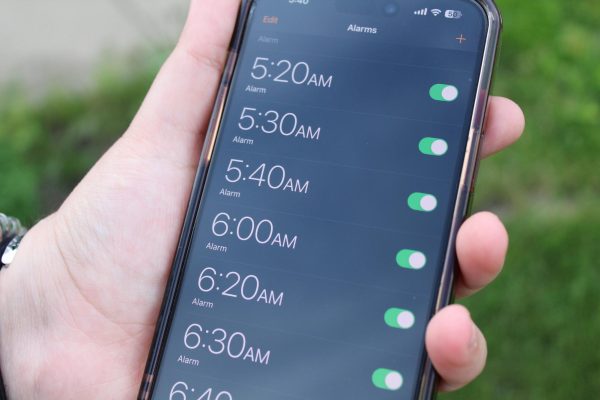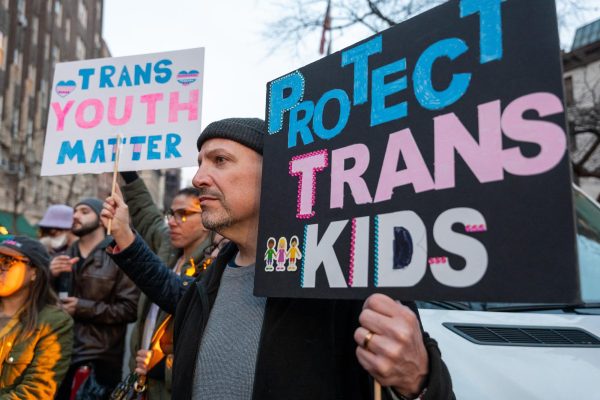Opinion: New COVID guidance shows CDC’s unreliability, negligence
Updated guidelines provide individuals with choice, but may do more harm than good in the long run
Elizabeth McDaniel / Unsplash
Though the public has sought guidance from the CDC throughout the pandemic, the organization’s most recent guidance, which leaves choices up to individuals, does not adequately protect the public.
August 19, 2022
After two years of guiding Americans through COVID-19, the Centers for Disease Control and Prevention have seemingly given up on ensuring public safety. Though some chose not to follow previous guidance, the CDC still has a duty to protect the people. With new ambiguous COVID guidelines and past actions, the CDC shows its negligence and disregard for science throughout the pandemic.
In a press release issued on Aug. 11., the CDC left critical public safety decisions up to individuals, suggesting that close contacts cases wear masks instead of quarantining. The CDC also encouraged staying home if COVID-positive, only to later contradict by adding that a COVID-positive individual can be in public if wearing a mask.
These new guidelines show the CDC failing at its mission to “save lives and protect people from health threats” by leaving public safety up to the public. The average person and local officials do not have a background in healthcare and medicine. The average person counts on the CDC to do its job and provide truthful, accurate information. Choosing to publish unclear and ambiguous guidelines was negligent of the CDC. Though the CDC acknowledged that “pretty dramatic, pretty public mistakes, from testing data to communications” were made, it has yet to clarify its most recent COVID guidance.
The CDC has pledged to “base all public health decisions on the highest quality scientific data,” yet it continues to ignore crucial facts and data. The basis for removing the close contact quarantine is that, with most of the U.S. population vaccinated, there is a sort of “herd immunity” based on vaccination rates and immunity from contracting COVID. However, the CDC fails to consider that vaccination rates vary at the county and state level. For example, in states like Wyoming and Alabama, only 50% of the population is vaccinated. Naturally, herd immunity in those states will differ from herd immunity in states with high vaccination rates. Also, the CDC is disregarding that breakthrough infections exist. If vaccinated individuals can get infected, achieving herd immunity is much more complicated.
Lastly, the CDC guidelines assume that individuals will do the right thing, but the pandemic has shown how people can be selfish and lack concern for others. Even when masks were required, some refused to wear them. Some went as far as purposely coughing on others, as seen in the viral video of a woman coughing on an Uber driver. In theory, people should know what the appropriate response to being COVID-positive is, but some clearly don’t. Because of this, the CDC needs to step up and provide accurate information and clear guidelines to guide the public.
CDC Branch Chief Gretta Masetti said that part of the reason for relaxed guidelines is that “COVID-19 is here to stay,” which is more than likely true, but it does not mean the CDC’s response was appropriate. Although vaccines are available, breakthrough infections can happen, making it challenging to achieve herd immunity. Without the help of guidelines for COVID exposures and regulations, vaccines can only do so much. If the CDC were to implement better guidance and share reliable information, achieving large-scale immunity and a sense of normalcy would be much easier.






















